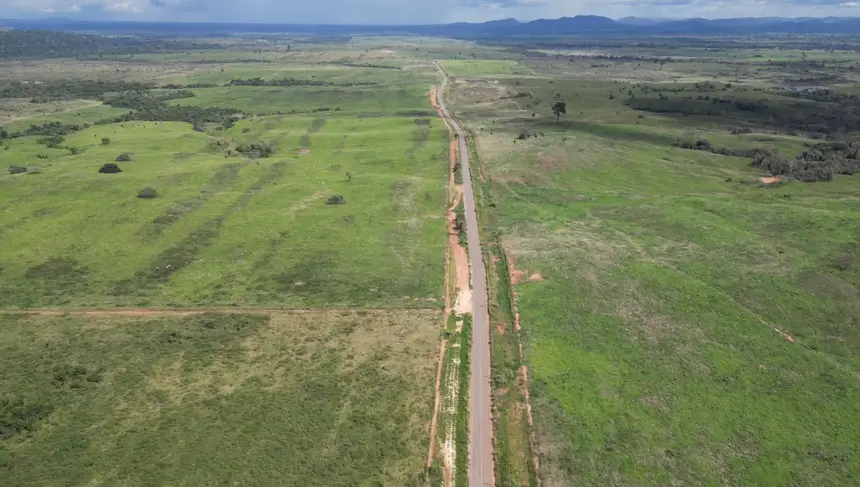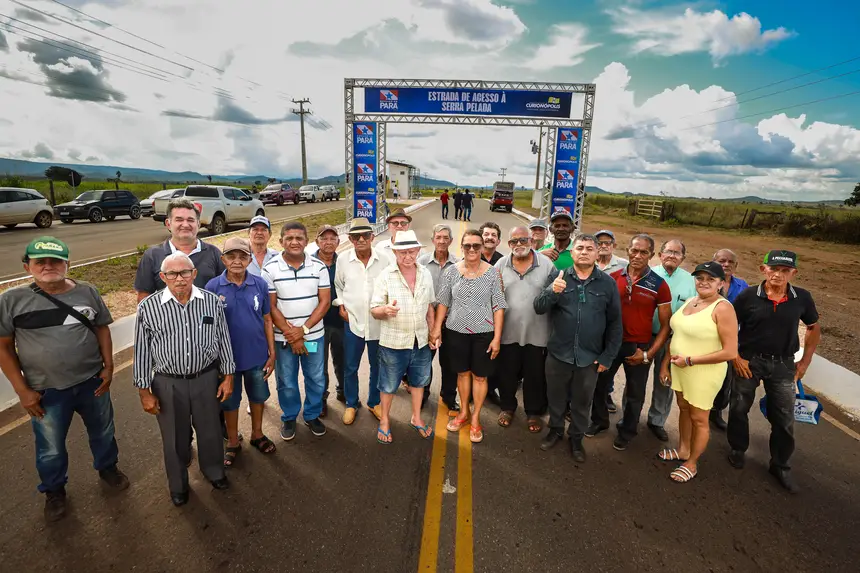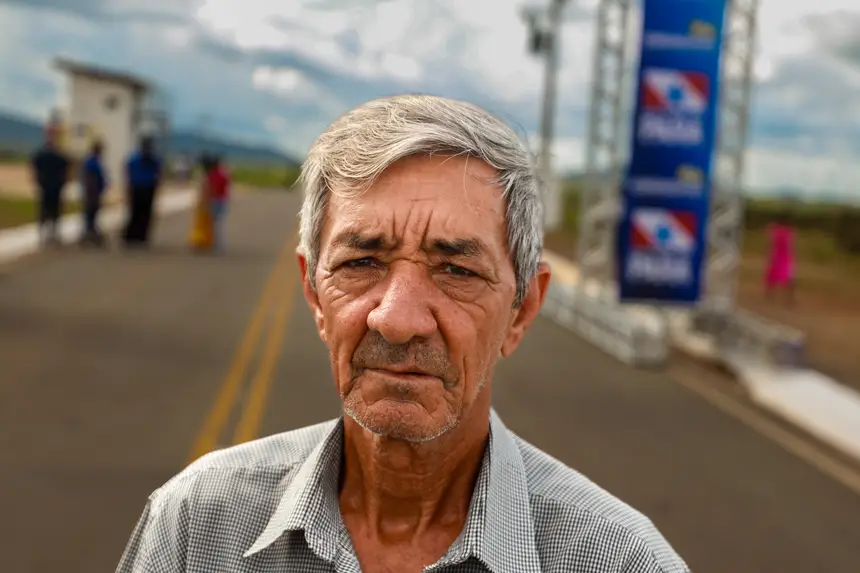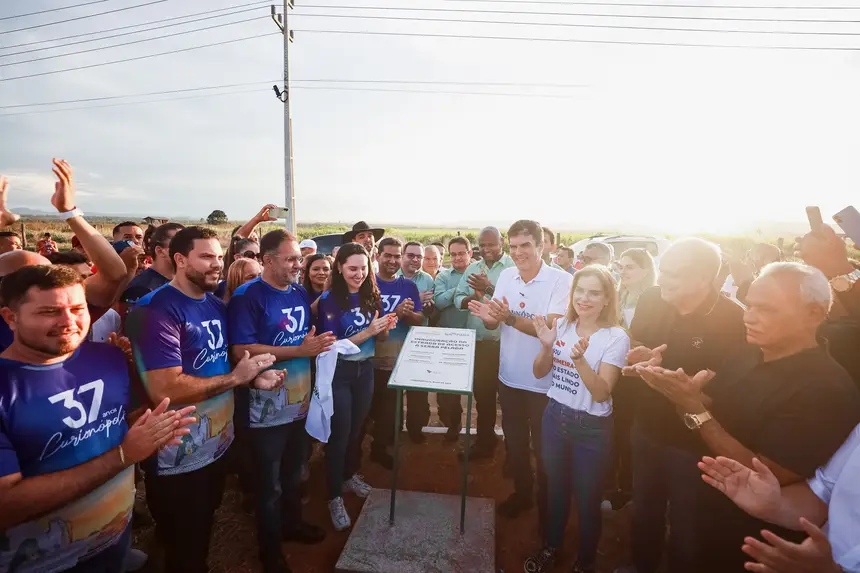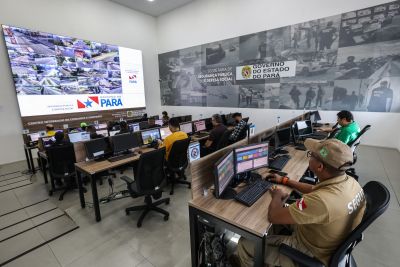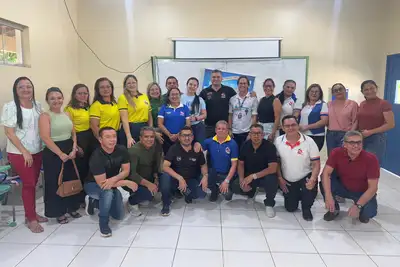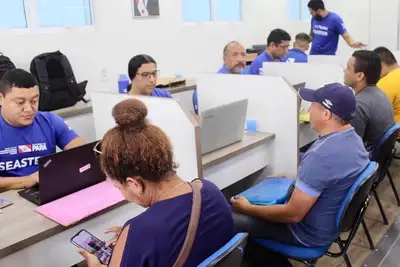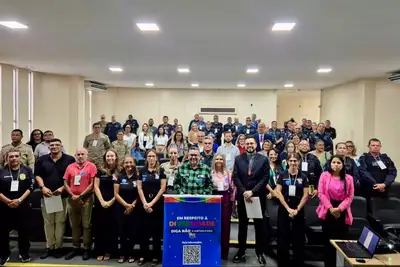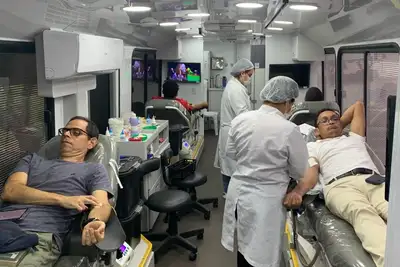Curionópolis celebrates 37 years of emancipation with a new road to Serra Pelada
The 31 kilometers are completely paved. The work boosts regional development, integrates municipalities, and provides quality of life for the population.
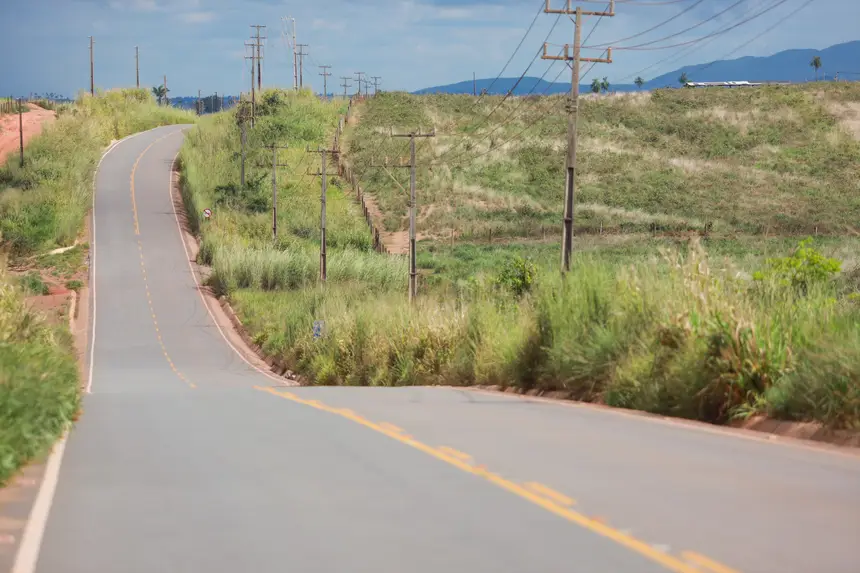
On the eve of the 37th anniversary of Curionópolis' emancipation, a municipality in southeastern Pará, celebrated on May 10 (Saturday), the population received a long-awaited gift: the new access road to the district of Serra Pelada. With the 31 kilometers completely paved, the road represents a milestone for mobility and development in the region.
The work was delivered in the presence of Governor Helder Barbalho, who participated in the official program alongside the mayor of Curionópolis, Mariana Chamon, state deputy Chamonzinho (Wenderson Azevedo Chamon), and the first lady, Daniela Barbalho. The reconstruction of the road is the result of a partnership between the mining company Vale and the City Hall of Curionópolis, as part of the environmental conditions established by the State Department of Environment and Sustainability (Semas) for the operation of the Serra Leste mine in the municipality.
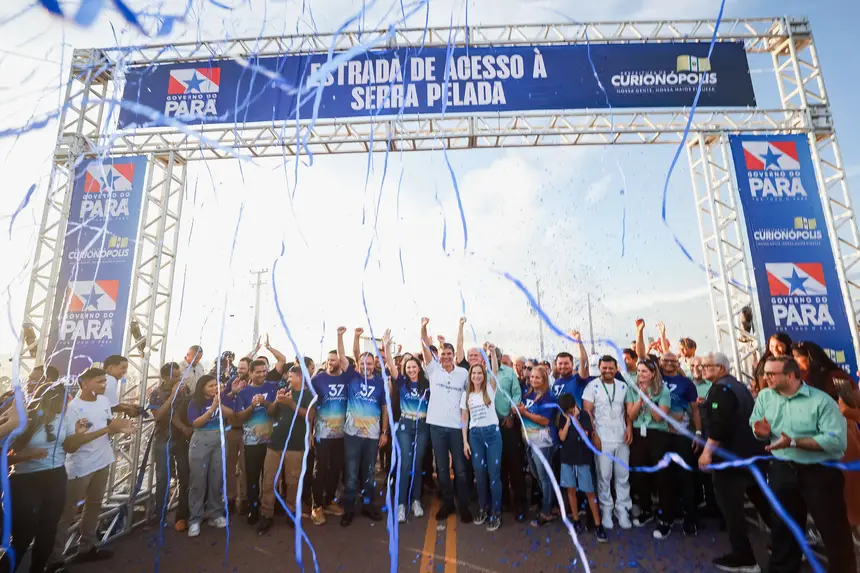
“The State, together with the City Hall and Vale, established as a condition for the reconciliation of development and job generation from mining, while integrating people and providing the local community with quality of life and development. This is a desire that has lasted for decades, from people who have the right to have a quality road,” emphasized Helder Barbalho.
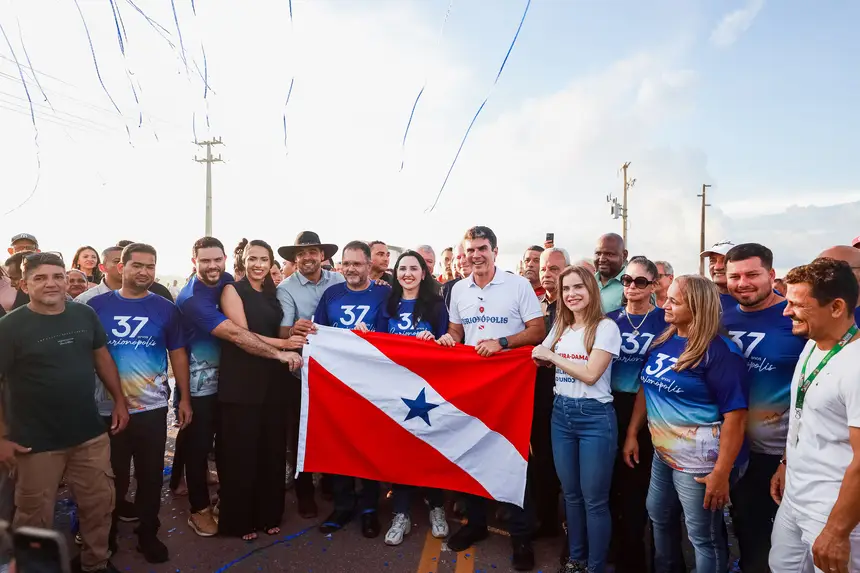
Speed and safety - With the paving, access to the Village of Serra Pelada becomes safer and faster, benefiting thousands of families living in the area who depend on the road for transportation and to move their production. The new road also facilitates access to the Serra Leste mine, enhancing the logistical potential of the region. Residents celebrated the improvement in quality of life.
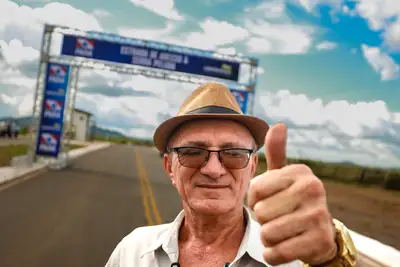
Retiree Jacó Andrade, who lives in Serra Pelada, worked as a bus driver and said, “There were many years of dust, holes, and breaking the car. Everything has improved here in commerce. Cars no longer break down, the trip is faster, and this has helped us a lot.”
The works included surface and deep drainage, installation of culverts and drains, construction of two bridges with pedestrian walkways, in addition to vertical and horizontal signage. More than 600 workers were involved in the construction at the peak of the work, with approximately 80% being local residents.
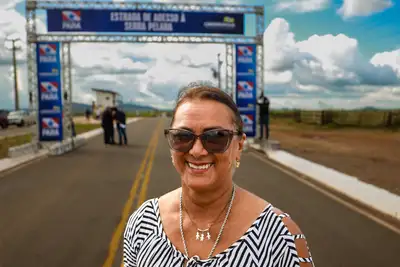
Resident Francisca Menezes also recalled how hard life was. “We faced a lot of difficulty coming here. The car would get stuck. When they started building this road, everyone thanked God. It has facilitated everything, in the movement of miners and residents, because those who knew our road here know that it was not easy to reach Serra Pelada,” she said.
The new road reinforces the commitment of the institutions involved with the sustainable growth of the region and marks a new chapter in the history of Curionópolis, which advances with more mobility, safety, and conditions for economic development.
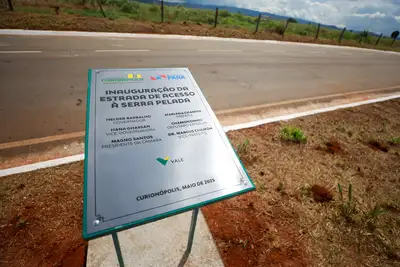
Investments - The delivery of the access road to Serra Pelada adds to a series of infrastructure investments made by the Government of Pará in recent years. In February, residents of southeastern Pará received the PA-160, the TransCarajás, which connects the municipalities of Canaã dos Carajás and Parauapebas to BR-155. The delivery of 26 kilometers of paved and signposted highway strengthens local development and improves the quality of life for residents.
The TransCanada road, which connects the municipalities of Canaã dos Carajás and Água Azul do Norte, had its first paved section delivered at the beginning of last month.
Since 2019, the State has paved more than 3,000 kilometers of roads in all regions, through the “Asphalt Throughout Pará” Program, which invested over R$ 5 billion in improving road infrastructure.
The state government is also investing in bridge construction and has already delivered 741. A recent example is the delivery of the third bridge over the Itacaiúnas River in Marabá, in the Carajás Integration Region in the southeast, strengthening the promotion of tourism and economic development.


